Welcome Dear Photography Lovers
Bienvenidos Queridos Amantes de la Fotografía
Hola queridos lectores, que bueno es estar devuelta con ustedes, al fin, logré tener un tiempito para poder encontrarme con ustedes, la vida real, me tiene super secuestrada. Estoy loca porque lleguen las vacaciones, estoy muy agotada, pero, bueno, hay que seguir adelante, luchando por la justicia, jajaja.
Hello dear readers, it's good to be back with you, at last, I managed to have a little time to meet you, real life has me super kidnapped. I'm crazy for the vacations to come, I'm so exhausted, but, well, we have to keep going, fighting for justice, hahaha.


Hoy les quiero compartir imágenes de una planta muy sencilla, pero muy linda, y que al igual que en muchas partes del mundo, aquí en Venezuela es ampliamente cultivada. Es común verla en cualquier jardín o decorando espacios públicos como plazas, parques entre otros, su versatilidad y hermosa floración, la hace muy atractiva en el ámbito de la jardinería. Pero, además, también tiene muchas utilidades en otros ámbitos como en el de la medicina y el culinario.
Today I want to share with your images of a very simple, but very beautiful plant, and as in many parts of the world, here in Venezuela it is widely cultivated. It is common to see it in any garden or decorating public spaces such as squares, parks and others, its versatility and beautiful flowering makes it very attractive in the field of gardening. But, in addition, it also has many uses in other areas such as medicine and cooking.



A este arbusto originario del continente asiático, desde niña lo conocí con el nombre de Cachupina, pero, con el tiempo descubrí, que el nombre más común con el que se le conoce aquí en Venezuela es Cayena. Sin embargo, esos no son sus únicos nombres comunes, Rosa China, San Joaquín, Borrachona, Amapola, Cucarda, Meijo, Hibisco, Flor del beso, Pacífico y Cardenales, por nombrar algunos, son otros nombres comúnmente usados para referirse a esta planta.
Since I was a child, I have known this shrub, originally from the Asian continent, by the name of Cachupina, but as time went by, I discovered that the most common name by which it is known here in Venezuela is Cayena. However, those are not its only common names, Chinese Rose, San Joaquin, Borrachona, Poppy, Cucarda, Meijo, Hibiscus, Kissing Flower, Pacific and Cardinals, to name a few, are other names commonly used to refer to this plant.



Ahora, si hablamos en términos botánicos, el nombre científico de esta especie de arbusto de hoja perenne, que muestro en mis imágenes, es Hibisco rosa-sinensis. Es una de las 150 especies que conforman el género Hibisco, que, por cierto, se encuentra diseminado alrededor del mundo. Que, a su vez, pertenece a la gran familia de las Malvaceae que tiene registradas unas 1000 especies propias de climas tropicales y subtropicales.
Now, if we talk in botanical terms, the scientific name of this species of evergreen shrub, which I show in my images, is Hibiscus rosa-sinensis. It is one of the 150 species that make up the genus Hibiscus, which, by the way, is spread around the world. That, in turn, belongs to the great family of Malvaceae, which has registered about 1000 species typical of tropical and subtropical climates.



En cuanto al aspecto de la planta es un arbusto de hojas perennes que puede alcanzar hasta los 5 metros de altura. Sus hermosas hojas son brillantes, de un color verde esmeralda y se encuentran dispuestas de forma alterna. La forma de las hojas tiende a ser entre ovalada y lanceolada, llegando a medir de largo entre 4 y 16 cm y de ancho entre 2,5 y 10 cm. Además, poseen un borde dentado que les aporte un toque muy llamativo.
As for the appearance of the plant, it is an evergreen shrub that can reach up to 5 meters in height. It’s beautiful leaves are shiny, emerald green and are arranged alternately. The shape of the leaves tends to be between oval and lanceolate, measuring between 4 and 16 cm long and between 2.5 and 10 cm wide. In addition, they have a serrated edge that gives them a very striking touch.

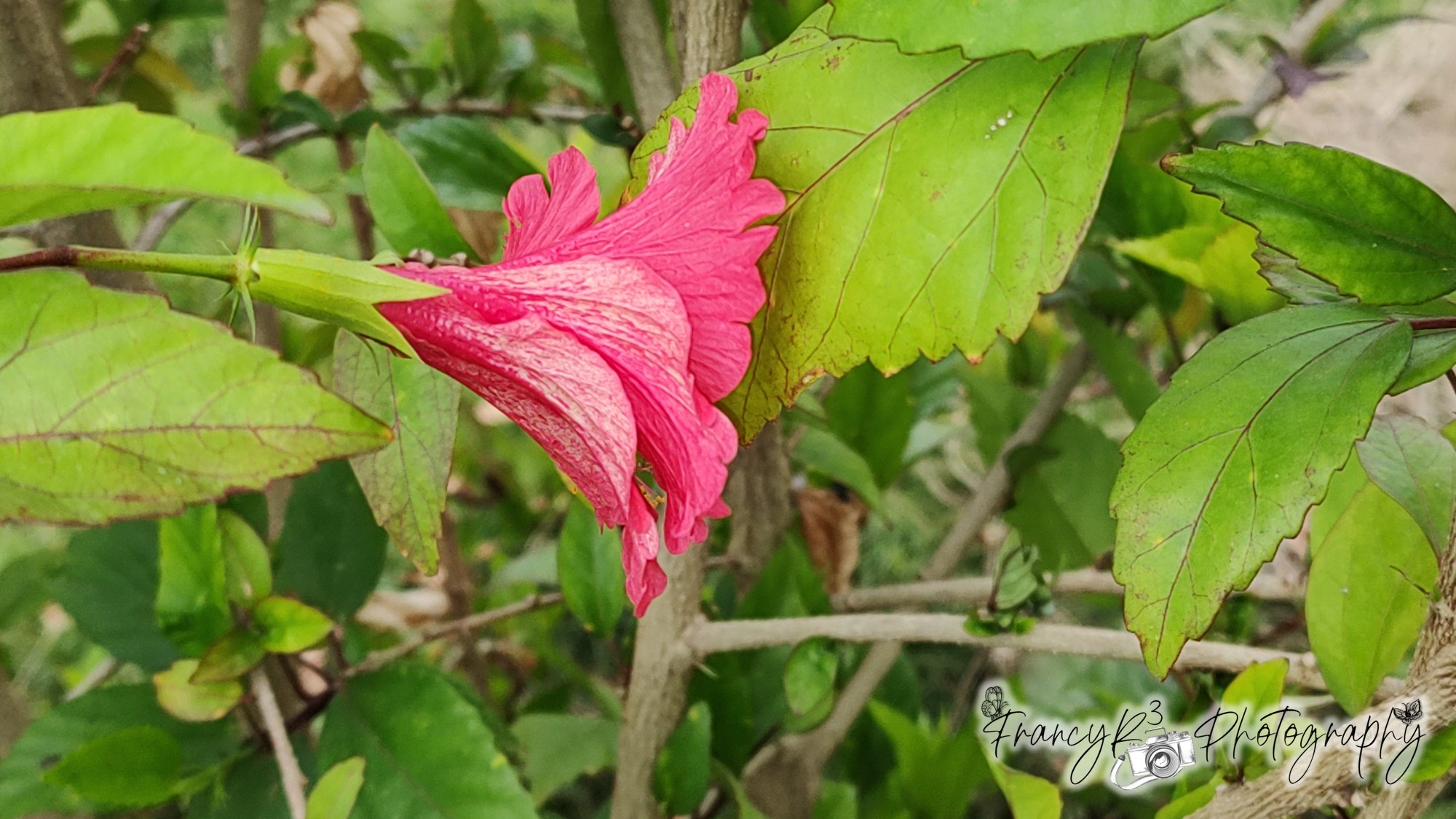

Sus grandes y vistosas flores en forma de cáliz son su principal atractivo, poseen una forma muy sencilla, constan de 5 pétalos, y generalmente miden entre 10 y 15 cm de ancho. Su floración se mantiene durante todo el año y suele ser muy abundante, lo que la hace muy popular en el ámbito de la jardinería. Además, su floración, es todo un espectáculo visual, debido a que los vistosos colores de las flores (rojo, rosa, naranja, amarillo y blanco) resaltan hermosamente sobre su verde y prolifero follaje. Como detalle final, desde el centro de la flor emerge un largo pistilo, en cuya punta se encuentran los estambres con unas curiosas antenas, repletas de polen en un brillante color amarillo. Esto las hace super atractivas para las abejas y mariposas, quienes son sus principales polinizadoras.
Its large and showy calyx-shaped flowers are its main attraction, have a very simple shape, consist of 5 petals, and usually measure between 10 and 15 cm wide. Its flowering is maintained throughout the year and is usually very abundant, which makes it very popular in the field of gardening. In addition, its flowering is a visual spectacle, because the showy colors of the flowers (red, pink, orange, yellow and white) stand out beautifully on its green and prolific foliage. As a final detail, from the center of the flower emerges a long pistil, at the tip of which are the stamens with curious antennae, full of pollen in a bright yellow color. This makes them very attractive to bees and butterflies, who are their main pollinators.

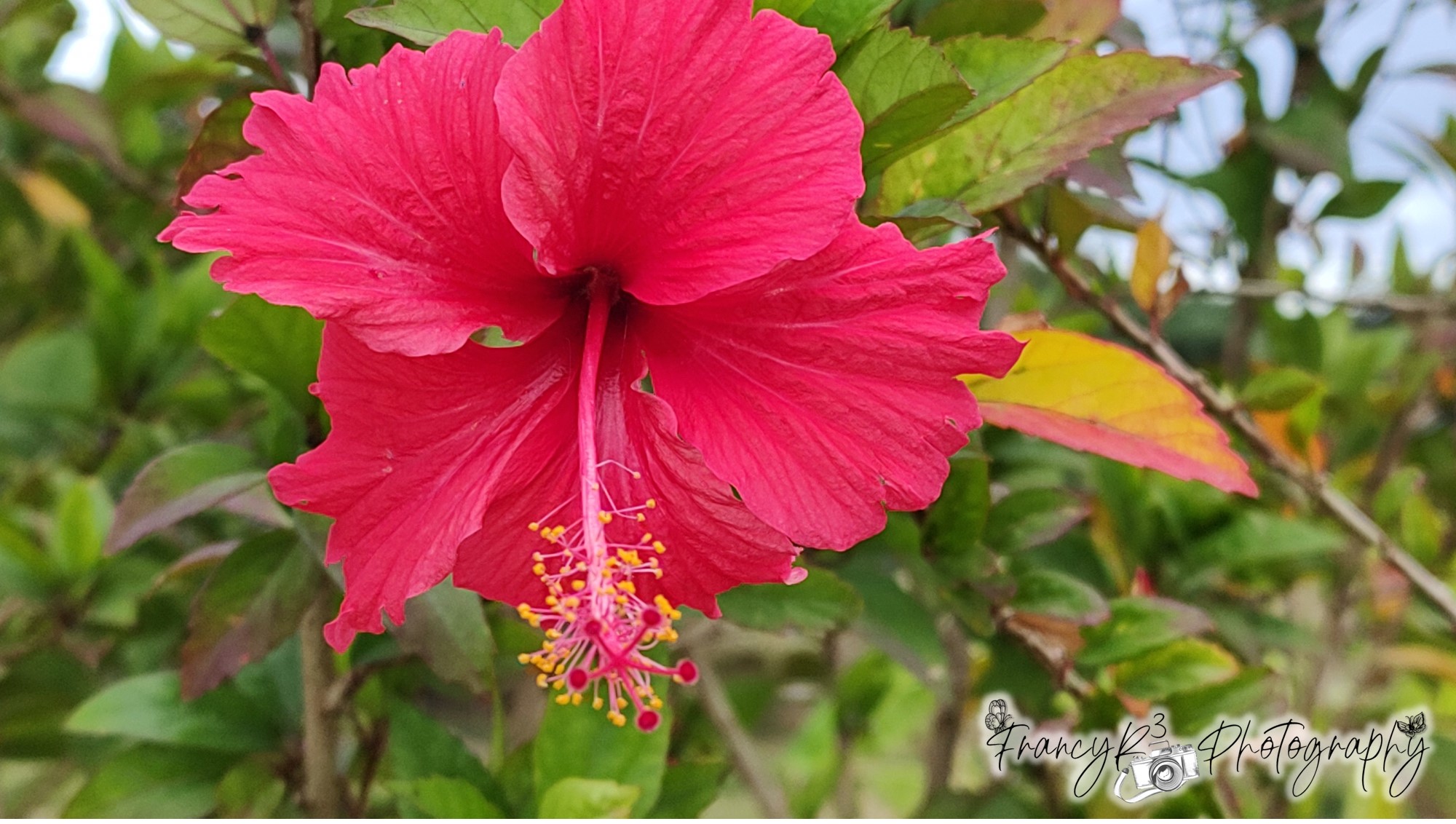

Otro punto a favor de las plantas de Cayena, es que son sumamente fáciles de cultivar y mantener, lo que las vuelve ideales, para aquellos que quieren incursionar en la jardinería. Pero, este no es su única bondad, resulta que esta planta además posee propiedades medicinales, implementándose en la medicina tradicional desde hace siglos. Dentro de sus propiedades destacan la antinflamatoria, antibacterial y antioxidante, utilizándose en para el control de padecimientos como hipertensión, diabetes y fiebre, por nombrar algunos.
Another point in favor of Cayenne plants is that they are extremely easy to grow and maintain, which makes them ideal for those who want to dabble in gardening. But this is not its only goodness, it turns out that this plant also has medicinal properties, being implemented in traditional medicine for centuries. Among its properties are anti-inflammatory, antibacterial and antioxidant, being used to control ailments such as hypertension, diabetes and fever, to name a few.

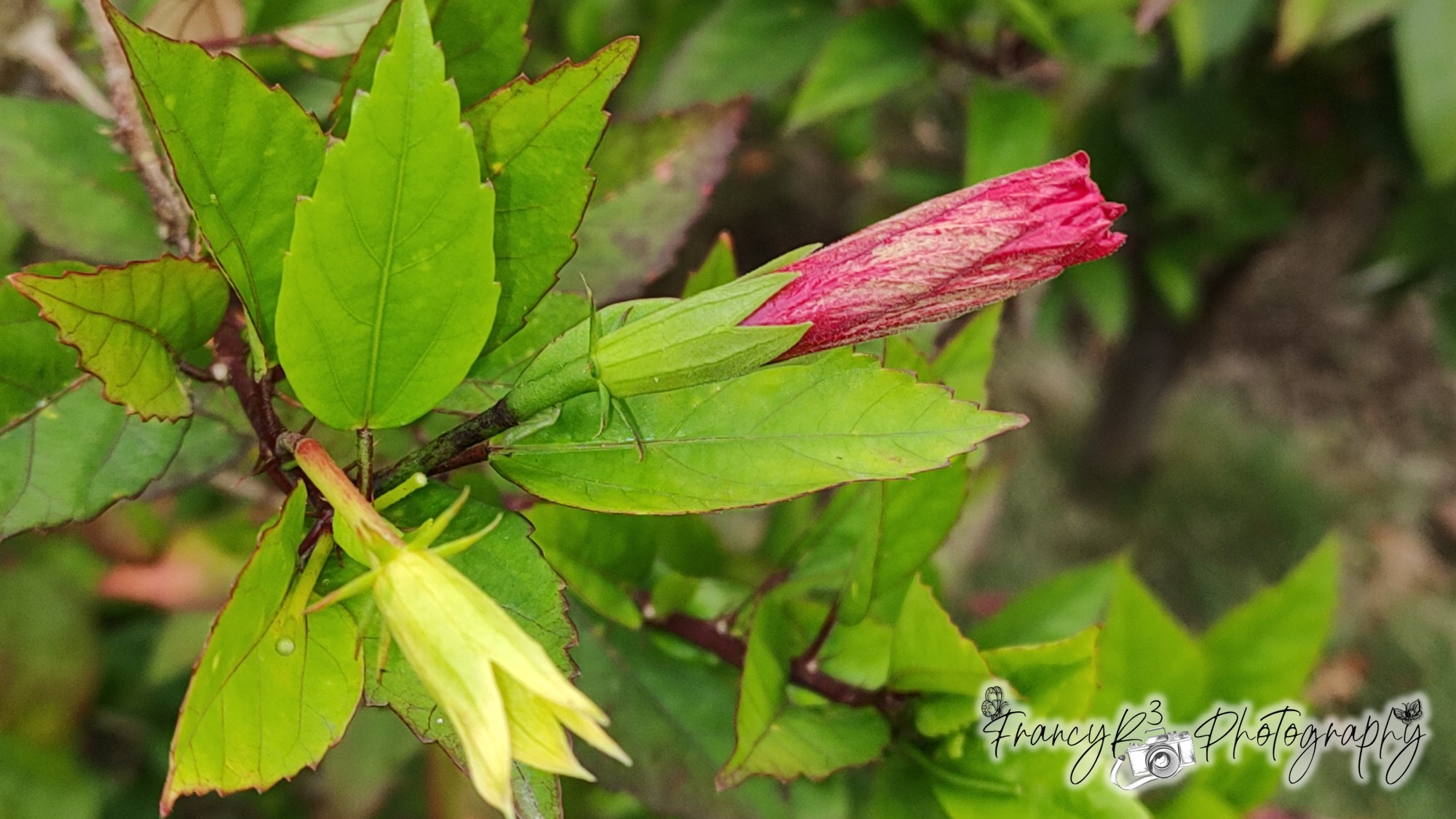

En la industria de los cosméticos también es muy utilizada esta planta, principalmente es usada en la elaboración de champús y acondicionadores para el cabello, se supone que tiene propiedades que ayudan a fortalecerlo y nutrirlo. Por otro lado, sus propiedades antioxidantes y antinflamatorias hacen que esta planta, también sea utilizada en la elaboración de productos para el cuidado de la piel.
This plant is also widely used in the cosmetics industry, mainly in the elaboration of shampoos and hair conditioners, as it is supposed to have properties that help to strengthen and nourish the hair. On the other hand, its antioxidant and anti-inflammatory properties mean that this plant is also used in the production of skin care products.

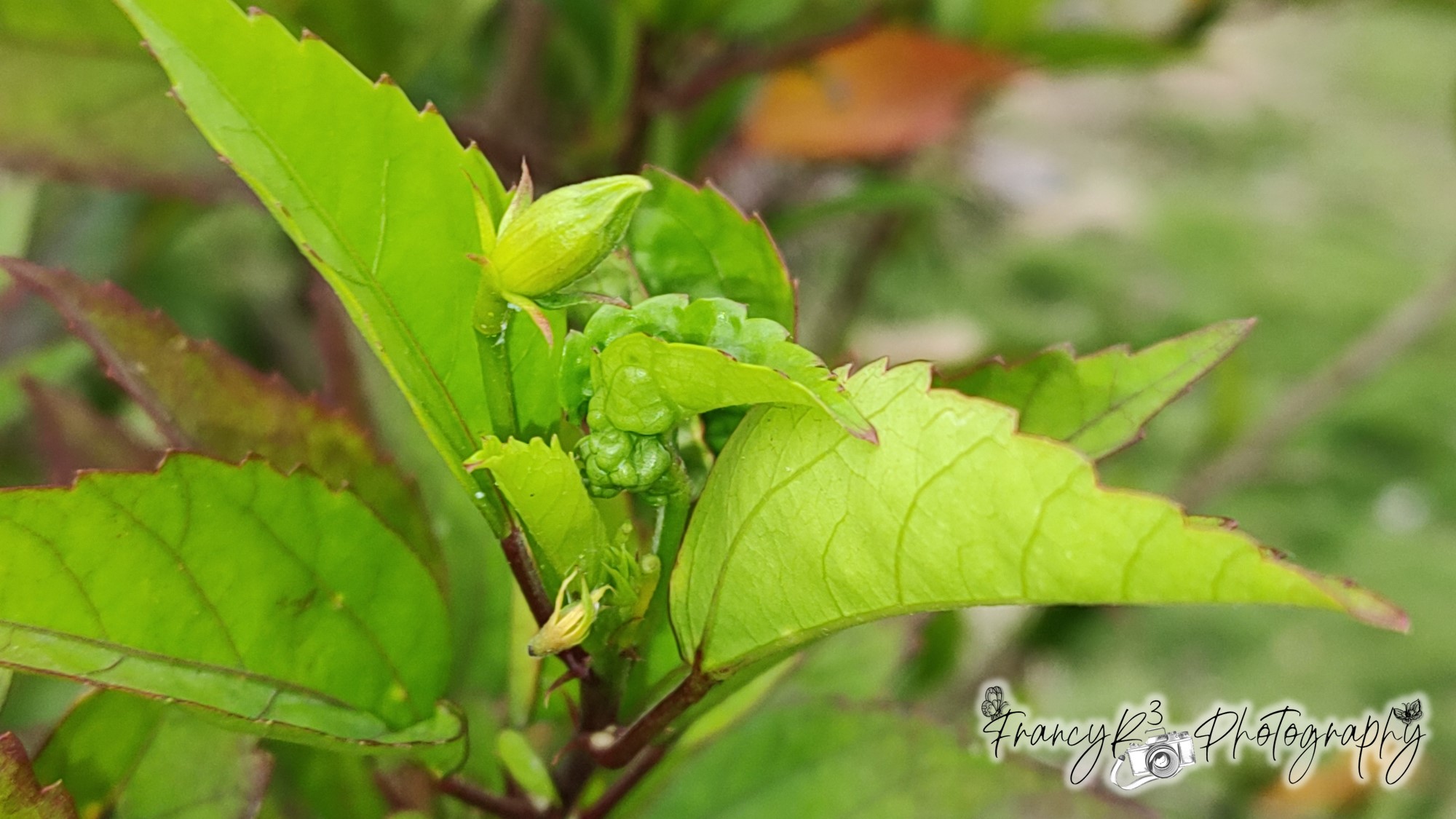

Por último, un dato muy curioso sobre esta planta y que quizás pocos sepan, es que las plantas de Cayena son utilizadas en el ámbito textil. Resulta, que su fibra puede ser utilizado para elaborar tejidos como la seda, o para preparar material de relleno, que luego es usado para el rellenar almohadas y cojines. Incluso, a partir de su fibra, también es posible elaborar papel.
Finally, a very curious fact about this plant and that perhaps few know, is that Cayenne plants are used in the textile field. It turns out that its fiber can be used to make fabrics such as silk, or to prepare stuffing material, which is then used to stuff pillows and cushions. It is also possible to make paper from its fiber.

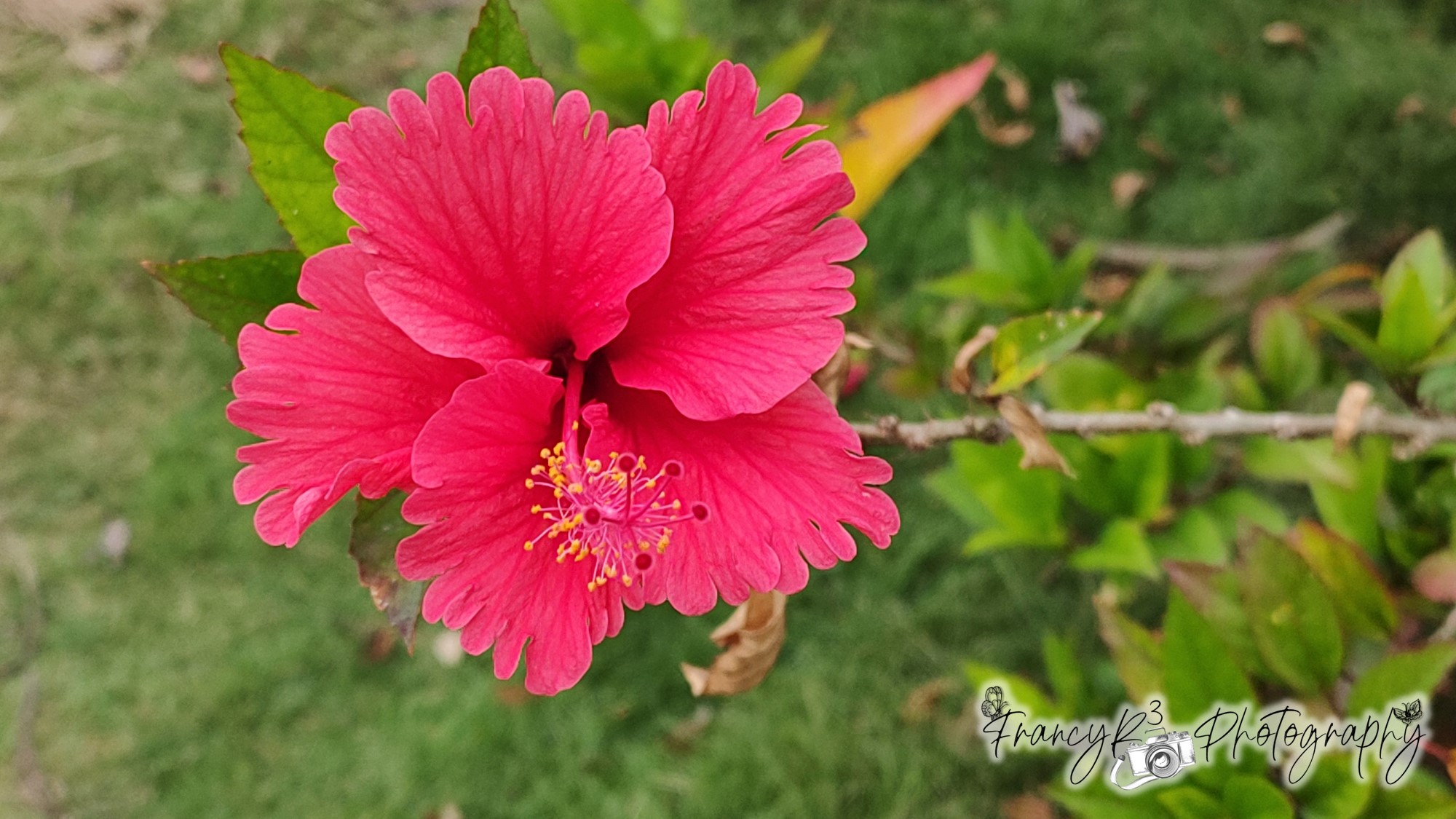

Amazing Nature Contest: FREE TOPIC - #3/6/23. Mis mejores deseos bienestar y salud para todos, Dios los bendiga. Hasta la Próxima.Bueno, queridos lectores y amantes de la naturaleza, solo me queda despedirme, esperando que las imágenes e información que les comparto de esta hermosa planta haya sido de su agrado. Muy especialmente, espero les guste a @bucipuci, @adalger y todo el equipo de trabajo de @dna y @amazingnature, ya que, es mi entrada para el concurso de esta semana, en el cual, si quieren participar, pueden acceder dando clip, al siguiente link
Amazing Nature Contest: FREE TOPIC - #3/6/23. Best wishes for well being and health to all, God Bless. See you next time.Well, dear readers and nature lovers, it only remains for me to say goodbye, hoping that the images and information I share with you about this beautiful plant have been to your liking. Very specially, I hope @bucipuci, @adalger and all the team of @dna and @amazingnature like it, since, it is my entry for this week's contest, in which, if you want to participate, you can access by clicking on the following link



Bibliographic references || Referencias Bibliográficas
https://es.wikipedia.org/wiki/Hibiscus
https://es.wikipedia.org/wiki/Hibiscus_rosa-sinensis
https://ecuador.inaturalist.org/taxa/62876-Hibiscus-rosa-sinensis
http://www.tropicalcoast.net/es/hibiscus-rosa-sinensis/

Contenido y fotografías de mi propiedad intelectual
Información Técnica
| Cámara | Pentax * istDL |
|---|---|
| Lente | * Pentax 18-55 |
| Iluminación | Luz Natural |
| Locación | Barcelona, Estado Anzoátegui, Venezuela |
Content and photographs of my intellectual property
Technical information
| Camera | Pentax * istDL |
|---|---|
| Lens | * Pentax 18-55 |
| Lighting | Natural Light |
| Location | Barcelona, Anzoátegui State, Venezuela |



amazing post
We appreciate your work and your post was manually curated by @none! from the DNA team!
Reach us on Discord to learn more about the project!
Hello @francyrios75!Gracias @none por el apoyo, salud y bendiciones para ti y todo el equipo de @dna.org.
Thank you for entering the contest.
I admire your undying passion for observing flowers.
Gracias por tus palabras @bucipuci, siempre es un placer poder compartir mi pasión. Salud y bendiciones para ti y los tuyos 🙏
Congratulations @francyrios75! You have completed the following achievement on the Hive blockchain And have been rewarded with New badge(s)
Your next target is to reach 50000 upvotes.
You can view your badges on your board and compare yourself to others in the Ranking
If you no longer want to receive notifications, reply to this comment with the word
STOPCheck out our last posts:
Wow! I didn't know the hibiscus flower has so many used and gives good benefits. All I know is that they beautify and we used it as bubbles when I was a child... Using the flowers making it slimy by pounding the flowers, get a papaya branch as a straw and viola you now have a natural made bubbles no need to buy! Haha
I love the color of your hibiscus flower.